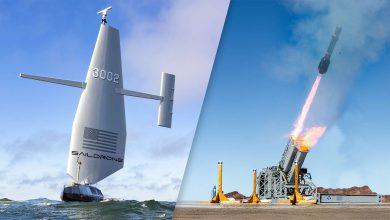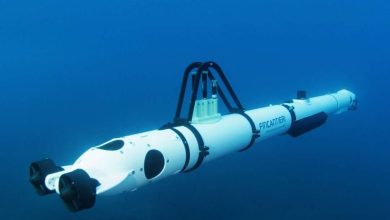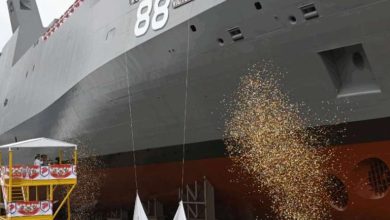US Navy Abandons Ambitious Plan to Transform Fuel-Hungry Destroyers into Eco-Friendly Hybrids
Alert: Attempt to access property “post_parent” on null in /home/defensea/english.defensearabia.com/wp-includes/link-template.php on line 479
Alert: Attempt to access property “post_name” on null in /home/defensea/english.defensearabia.com/wp-includes/link-template.php on line 517
Deprecated: rtrim(): Passing null to parameter #1 ($string) of type string is deprecated in /home/defensea/english.defensearabia.com/wp-includes/formatting.php on line 2829
Alert: Attempt to access property “ID” on null in /home/defensea/english.defensearabia.com/wp-includes/link-template.php on line 534
Alert: Attempt to access property “post_excerpt” on null in /home/defensea/english.defensearabia.com/wp-content/themes/mh-magazine/includes/core/Custom-Functions.php on line 281
Alert: Attempting to access array offset on value of type bool in /home/defensea/english.defensearabia.com/wp-content/themes/mh-magazine/includes/core/Custom-Functions.php on line 283
Deprecated: ltrim(): Passing null to parameter #1 ($string) of type string is deprecated in /home/defensea/english.defensearabia.com/wp-includes/formatting.php on line 4486
Alert: Attempt to access property “post_title” on null in /home/defensea/english.defensearabia.com/wp-content/themes/mh-magazine/includes/core/Custom-Functions.php on line 283
The Navy is terminating a project to implement fuel-efficient hybrid electric drives in 34 destroyers, leaving merely one destroyer equipped with the technology, as confirmed by the Navy in a statement.
Pointing to “departmental priorities,” the service requested $6.3 million for 2018 to complete the installation on the destroyer Truxtun, but has eliminated funding in 2019 and the following years. The service has allocated about $52 million on the initiative so far. The entire undertaking was anticipated to cost $356.25 million, as outlined in the Navy’s FY2017 budget proposal.
“In light of the Department’s priorities, President’s Budget 2019 withdraws funding from the Hybrid Electric Drive initiative for FY 2019,” stated Lt. Lauren Chatmas. “There are no additional procurements or installations planned beyond DDG-103 in the Future Years Defense Program.”
The Navy will utilize Truxtun as a testing platform to evaluate whether the technology proves advantageous in the long term, Chatmas added.
“Installation on DDG-103 is underway and upon completion, the operational use of HED on DDG-103 will be monitored and assessed to ascertain the effectiveness of HED. This will guide future decisions regarding the deployment of HED.”
The initiative, developed in collaboration with L-3, was intended to redirect power to the drive shaft, which propels the ship’s propellers, from the main LM2500 gas turbine engines to the vessel’s electrical generators at speeds below 13 knots. At such speeds, the ship could engage in night operations, ballistic missile defense, or anti-submarine actions, but would not be able to keep pace with the swift carriers.
As the initiative began to take shape and development advanced, various challenges arose, as reported by a former Navy official who spoke on condition of anonymity. Chief among them was the substantial electrical demand posed by operating the drive system on the ship’s two running generators.
Destroyers are outfitted with three generators, with two actively running while a third remains on standby, which rotates during maintenance or emergencies. Operating the electrical motor that turned the shaft while simultaneously powering the ship’s demanding radars and related systems overwhelmed the capacity of those generators.
“At that juncture, you are just one light switch away from potentially shutting down the entire ship,” the official explained.
Moreover, operating the generators under that load was not as fuel-efficient as they had anticipated.
These challenges, while real, could have likely been addressed through engineering solutions, remarked Bryan Clark, a retired submarine officer and analyst with the Center for Strategic and Budgetary Assessments.
To Clark, discontinuing the initiative appears somewhat shortsighted, given the potential for the technology to significantly enhance fuel efficiency in future vessels and classes.
“If it’s a financial decision, that’s understandable,” he stated. “If it’s this versus investing in over-the-horizon anti-surface weaponry, well, that’s one thing. But if it’s this against another science and technology or research and development program — one of the key challenges we face is discovering how to enhance efficiency in certain missions. That knowledge would be invaluable.”
Defense News:
https://www.defensenews.com/naval/2018/03/08/the-us-navy-is-cancelling-a-program-to-turn-gas-guzzling-destroyers-into-hybrids/






